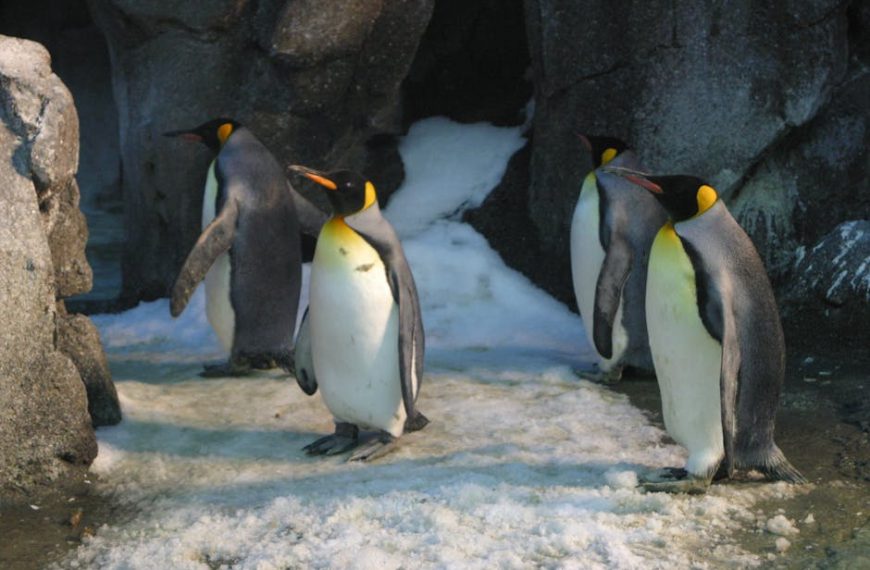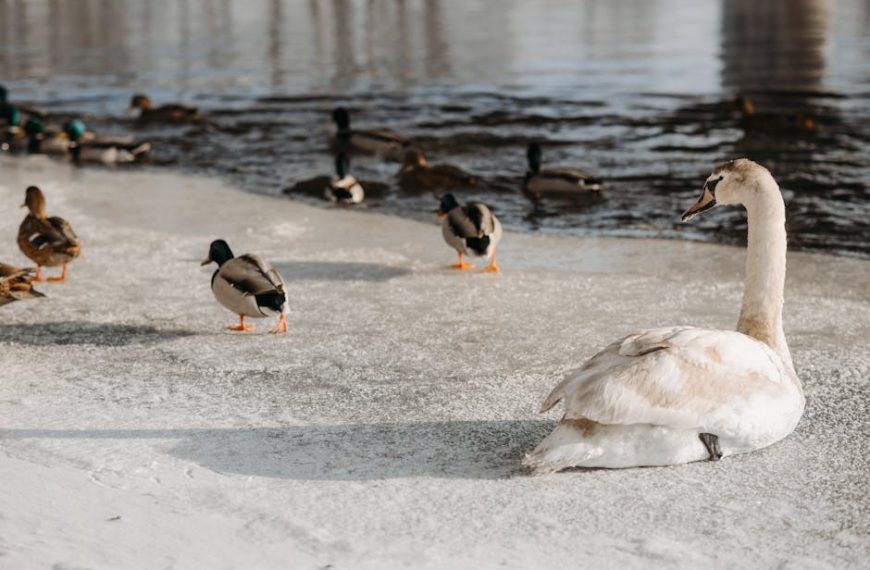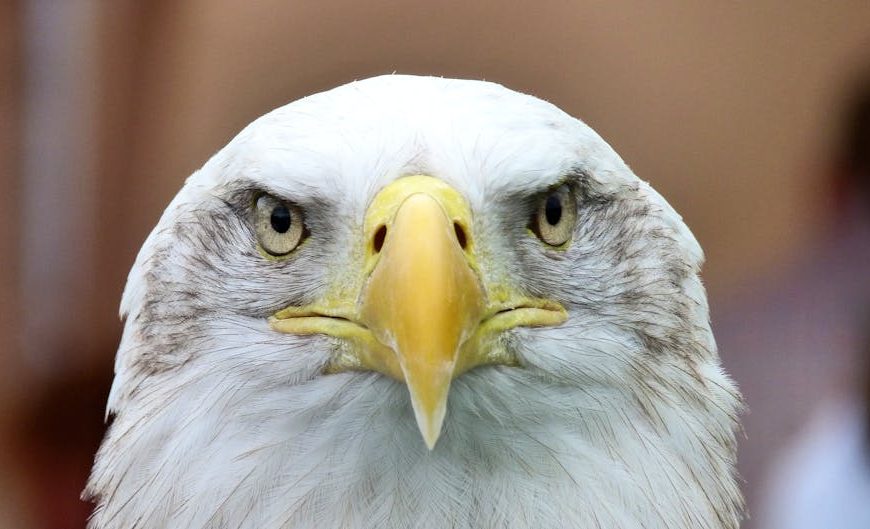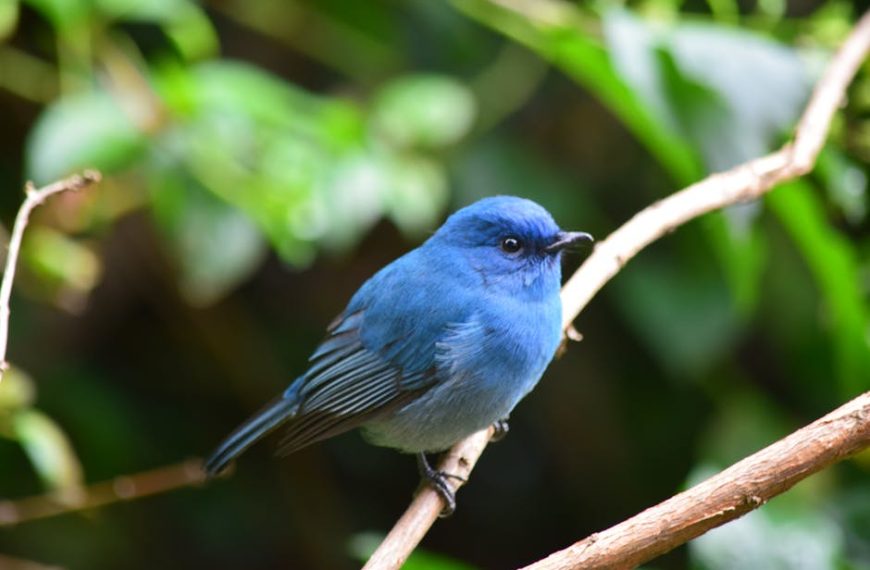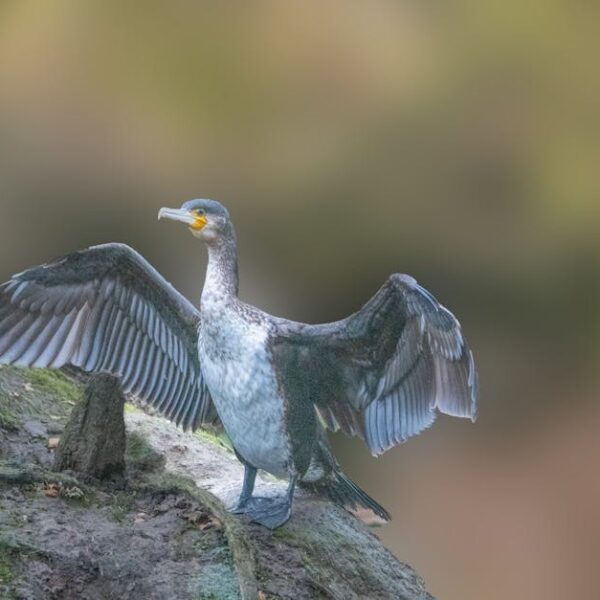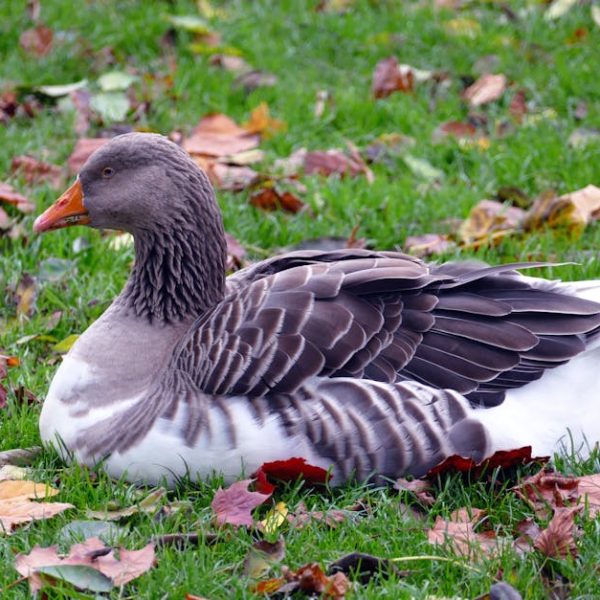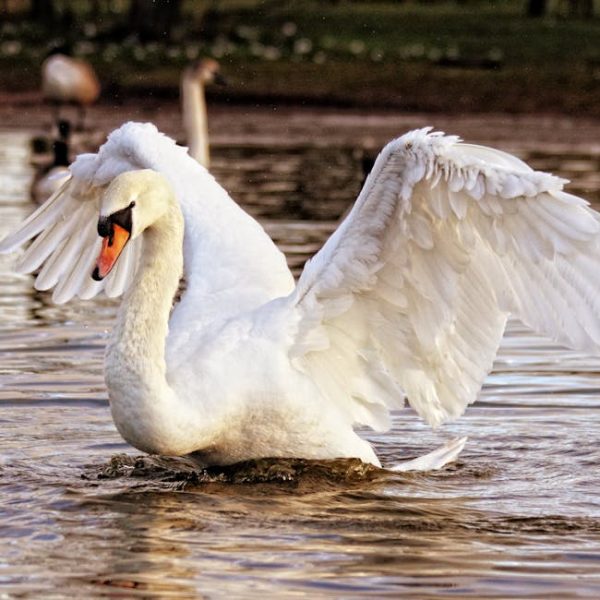Birds flying low is an observable natural event with myriad underlying reasons, often linked to adaptations for survival. Knowledge about this behaviour can enrich bird-watching experiences and deliver insight into bird ecology. This article will investigate the pertinent phenomena from a scientific perspective, examining reactions to weather, predator avoidance, foraging habits, and migratory journeys.
Scientific Reason: Thermodynamics Involved in Bird Flight
Birds, with their unique ability to fly, rely upon thermodynamic principles for efficient flight. One key factor is their use of thermal updrafts – columns of rising warm air – allowing them to gain significant altitude while conserving energy. Riding these invisible elevators in the sky, a gliding bird can lengthen its flight duration without frequently flapping its wings.
However, such thermal uplift is not always available, especially during unfavorable weather or over certain types of terrain. To compensate, birds might fly lower to reduce their dependence on updrafts. Fewer obstacles in the lower sky levels can also simplify navigation. The central principles here are energy conservation and taking advantage of the existing environmental conditions, both crucial for survival in the wild.
A factor such as weather greatly impacts thermodynamics. For instance, sunny days are likely to generate stronger thermal updrafts through heating the Earth’s surface, facilitating higher altitudes for birds. Conversely, cloudy or stormy conditions may disrupt these thermals, necessitating lower flight.
Adapting to Weather Conditions: Birds Flying Low
Weather adaptation plays a significant part in a bird’s decision about flight altitude. Birds are adept at adjusting their flight patterns to accommodate changing weather, which might involve flying lower. Storms or strong wind conditions are usually a trigger for such adaptations; birds tend to stay low to avoid the tumult high in the sky.
Cold temperatures also influence flight altitude. Colder airs tend to sink, meaning birds may need to fly lower to leverage this ‘easier’ air for flight. Species such as the Red-throated Loon and the Blackbird, are known to modify their flying height in response to temperature variations.
Escape from Predators: A Survival Instinct
Predator evasion is another compelling reason for birds to keep to the low skies. Large birds of prey often soar in the higher sky levels, surveying their terrain for potential food sources. Lower flight can provide smaller, targeted birds a chance to slip out of the predatory radar.
Flying low also grants birds access to immediate cover. With the ground or dense foliage just a dip away, a quick escape becomes viable during risky situations. Raptors, falcons, and owls are popular predators that prompt such behaviours in potential prey.
For those keen to observe such dynamics in nature, watch for the sudden rush of small birds to the lower sky levels or into the foliage when larger birds approach. It’s Mother Nature’s way of playing hide-and-seek, providing us with a thrilling spectacle, and the birds with a fighting chance for survival.
Search for Food: Low Flight and Foraging
Any discussion of bird behaviour is incomplete without mentioning foraging, the relentless quest for food that shapes countless actions. For many bird species, this mission influences their flight pattern, guiding them to lower altitudes where food is often more accessible. For a bird, it’s a pure numbers game—the lower you fly, the closer you are to potential food sources.
Beautiful waders like the Great Egret and majestic hunters like the Bald Eagle are some such species, frequently seen flying low, scanning the earth and water surfaces for a tasty snack. Similarly, insect-eaters like some swifts and swallows fly close to the ground or water bodies, nabbing their tiny prey mid-flight.
This low-flight behaviour is not solely about food accessibility; it also ties back to energy conservation. Lower flights can save energy compared to high-altitude flight—another crucial factor fueling the low flight tactic.
Migration: Low Flight in Long-Distance Travel
Bird migration, an annual spectacle of endurance and determination, has birds relying heavily on efficient flight methods. It’s not uncommon to see migrating birds opt for the lower skies. Again, the principles of energy conservation back this decision: in low altitudes, resisting wind is often easier than in higher ones.
Migratory species such as Sandhill Cranes and Canada Geese are noted for their tendency to fly relatively low during their epic journeys. But it’s important to understand that this behaviour isn’t set in stone—birds adapt to the prevailing conditions, which can vary significantly along their route.
Moreover, the influence of human activities on bird migration patterns can’t be underestimated. Changes in habitats due to housing developments, deforestation, and pollution can all disrupt traditional migratory pathways, often forcing birds to adjust their flight patterns. As responsible inhabitants sharing the Earth with these winged wonders, we can aim to minimize our impact by maintaining bird-friendly spaces, reducing pollution, and advocating for conservation efforts.
By understanding why birds fly low, you gain a unique lens to view these fascinating creatures’ lives. Just remember, the next time you spot a bird skimming the grasslands or swooping low over a lake, there’s more to the spectacle than meets the eye—a tale of survival and adaptation, played out in the open skies!
Key Takeaway:
- Birds fly low primarily to conserve energy, utilizing the advantages provided by the principles of thermodynamics.
- Adapting to weather conditions, particularly during storms or cold temperatures, often requires birds to adjust their flight altitude to lower levels.
- Low flight patterns also aid survival by offering an escape mechanism from potential predators.
- Foraging habits often direct birds to fly low in search of food, saving energy in the process.
- Notably, during long-distance travel or migration, birds opt for lower flight to resist wind, encounter lesser obstacles and hence, preserve stamina.
Recognize that observing birds can serve as a unique method to explore natural phenomena. As you watch, question, and understand, the sky isn’t just a canvas where birds simply flit and fly; it’s a stage for survival, a test of endurance, and a world full of fascinating bird behaviors. Keep observing and keep learning!
FAQs
Q: Do all bird species exhibit low flight patterns?
A: While many birds fly low due to the reasons discussed, not all species exhibit this behaviour. Birds adapt their flight patterns based on a multitude of factors like species-specific traits, environmental conditions, and other survival needs.
Q: Do birds fly lower at certain times of the day?
A: Yes, the time of day can influence flight patterns. During the early morning or late evening, birds may fly lower as thermal updrafts are weaker due to lower temperatures.
Q: Can human activities influence birds’ flight altitudes?
A: Absolutely. Changes in habitats due to deforestation, pollution and urban development can disrupt traditional flight paths, often forcing birds to adjust their altitude.
Q: Why do migratory birds sometimes fly at higher altitudes?
A: Migratory birds may fly high to take advantage of tailwinds that can speed up their journey and conserve energy. Also, higher altitudes offer fewer obstacles like trees and buildings.
Q: Does bird’s feather color affect their flight altitude?
A: No, the color of a bird’s feathers does not directly influence flight altitude. However, feather characteristics tied to species-specific traits, such as wing shape and size, can influence flight altitude.
Thank you for exploring this topic with us. Be sure to share this article with other bird-watching enthusiasts and check out our other posts for more insightful information!

